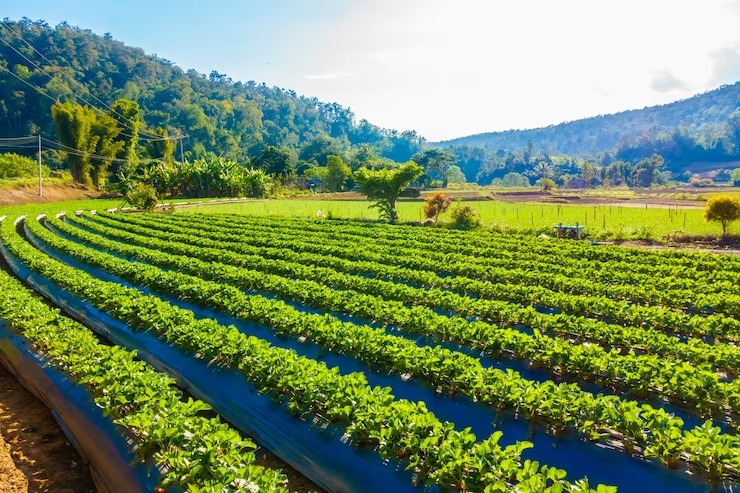Lotus365 Book, Lotus365, Lotus365: With the increasing challenges posed by climate change and environmental degradation, incorporating trees into agricultural systems has become more crucial than ever. Trees provide a wide range of benefits, such as enhancing biodiversity, improving soil health, and increasing overall farm productivity. By integrating trees into farming practices, farmers can create a more sustainable and resilient agricultural system that is not only beneficial for the environment but also for their bottom line.
Furthermore, by absorbing carbon dioxide from the atmosphere and lowering greenhouse gas emissions, trees are essential for lessening the effects of climate change. The shade provided by trees helps to maintain soil moisture levels, reduce soil erosion, and create a more stable microclimate for crops to thrive in. In addition, trees serve as natural windbreaks, protecting crops from strong winds and minimizing the risk of crop damage. By incorporating trees into agricultural systems, farmers can build a more diverse and resilient ecosystem that promotes long-term sustainability and productivity.
The Role of Trees in Soil Health and Fertility
Trees play a crucial role in improving soil health and fertility through their deep roots that help in breaking up compacted soil, allowing for better water infiltration and air circulation. This, in turn, promotes the growth of beneficial soil organisms that contribute to nutrient cycling and overall soil structure.
Furthermore, trees enhance soil fertility by providing organic matter through their fallen leaves, branches, and roots. As these organic materials decompose, they release essential nutrients back into the soil, enriching it and supporting the growth of crops. Additionally, the shade provided by trees helps to maintain stable soil temperatures, which can improve microbial activity and nutrient availability for plant uptake.
� Trees have deep roots that break up compacted soil
� Better water infiltration and air circulation
� Promotes growth of beneficial soil organisms
� Trees provide organic matter through fallen leaves, branches, and roots
� Organic materials decompose and release essential nutrients into the soil
� Shade provided by trees helps maintain stable soil temperatures
How do trees benefit soil health in agriculture?
Trees can improve soil structure, promote water infiltration, increase nutrient availability, and provide organic matter through leaf litter and root exudates.
What role do trees play in enhancing soil fertility?
Lotus365 Id, 99exch, 99exch.com Login: Trees can enrich the soil with nutrients through the decomposition of organic matter, enhance microbial activity, and promote nutrient cycling within the ecosystem.
How can farmers incorporate trees into their agricultural systems?
Farmers can intercrop trees with crops, establish agroforestry systems, plant windbreaks or shelterbelts, or create riparian buffers to maximize the benefits of trees on soil health and fertility.
Are there any specific tree species that are particularly beneficial for soil health?
Certain tree species like leguminous trees that fix nitrogen or deep-rooted trees that can access nutrients deep in the soil are known to have a positive impact on soil health and fertility.
Can trees help in preventing soil erosion?
Yes, trees with deep root systems can help bind the soil together, reducing erosion caused by water or wind, thus contributing to overall soil health and fertility.
Additional:
- Fun Things To Do In Birmingham
- Get To Know About Semana Santa
- The Top 5 Hotels In Fort Lauderdale To Consider

